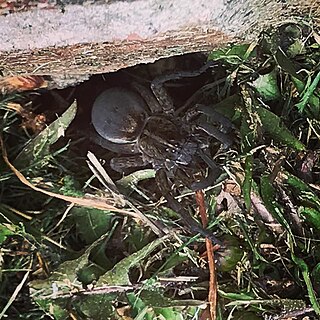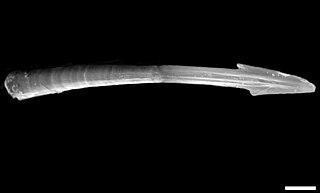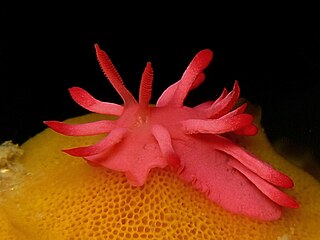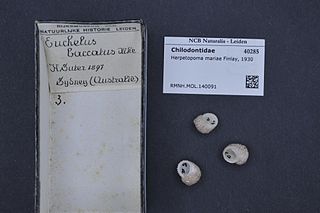
Tigrosa aspersa is a large wolf spider that inhabits the eastern United States. Compared to its close relative Tigrosa helluo, T. aspersa is much larger. This species was known as Hogna aspersa prior to 2012, when it was moved to Tigrosa.

Cornu aspersum, known by the common name garden snail, is a species of land snail in the family Helicidae, which includes some of the most familiar land snails. Of all terrestrial molluscs, this species may well be the most widely known. It was classified under the name Helix aspersa for over two centuries, but the prevailing classification now places it in the genus Cornu.

True Love is an album by Toots & the Maytals. It is a collection of their classics re-recorded with guest artists including Willie Nelson, Eric Clapton, Jeff Beck, Trey Anastasio, No Doubt, Ben Harper, Bonnie Raitt, Manu Chao, The Roots, Ryan Adams, Keith Richards, and The Skatalites. The album was produced and conceived by Richard Feldman and released on the V2 label.
Daniele Cacia is an Italian professional footballer who plays as a striker. He is a former Italy Under 19 international.

A love dart is a sharp, calcareous or chitinous dart which some hermaphroditic land snails and slugs create. Love darts are both formed and stored internally in a dart sac. These darts are made in sexually mature animals only, and are used as part of the sequence of events during courtship, before actual mating takes place. Darts are quite large compared to the size of the animal: in the case of the semi-slug genus Parmarion, the length of a dart can be up to one fifth that of the semi-slug's foot.

Okenia is a genus of colorful sea slugs, specifically of dorid nudibranchs, marine gastropod mollusks in the family Goniodorididae.

Herpetopoma mariae is a species of marine gastropod mollusc in the family Chilodontaidae.

Chromodoris aspersa is a species of colourful sea slug, a dorid nudibranch, a marine gastropod mollusc in the family Chromodorididae.

Lucas Alberto Simón García is an Argentine naturalized Chilean professional footballer who played as a striker.
Cacia is a civil parish in the municipality of Aveiro. The population in 2011 was 7,354, in an area of 35.75 km².

Ascidiella aspersa, the European sea squirt, is a species of solitary sea squirts native to the northeastern Atlantic, from the Mediterranean Sea to Norway. They possess oval bodies up to 50 to 130 mm in length. Their branchial siphons are conical and positioned at the top of the body. They possess six to eight lobes. The atrial siphons are located at the upper third of the side of the body and possess six lobes. The body is covered by a firm transparent test that is greyish to brown in color. The test often snag detritus that remain loosely attached to the animal. When expanded, at most 40 tentacles can be observed on the inside surface of the branchial wall. Both the openings of the branchial and atrial siphons possess lighter colored ridges on their rims. They may also be frilled at times. A. aspersa are attached to the substrates by the left side of their bodies. They can be found in dense groups of unfused individuals on hard surfaces like rocks. at depths of up to 90 m (300 ft).
Eilema aspersa is a moth of the subfamily Arctiinae first described by Arthur Gardiner Butler in 1882. It can be found in Madagascar.

Mesosini is a tribe of longhorn beetles of the subfamily Lamiinae.
Okenia aspersa is a species of sea slug, a Dorid nudibranch, a marine gastropod mollusc in the family Goniodorididae.

Cacia is a genus of longhorn beetles of the subfamily Lamiinae.
Cacia is a civil parish in Aveiro Municipality, Portugal.
Cacia butuana is a species of beetle in the family Cerambycidae. It was described by Heller in 1923.
Cacia semiluctuosa is a species of beetle in the family Cerambycidae. It was described by Émile Blanchard in 1853.

Cacia cretifera is a species of beetle in the family Cerambycidae. It was described by Frederick William Hope in 1831. It is known from Java, Cambodia, India, Myanmar, China, Nepal, Thailand, Laos, and Vietnam. It feeds on Berberis thunbergii and Albizia julibrissin.











